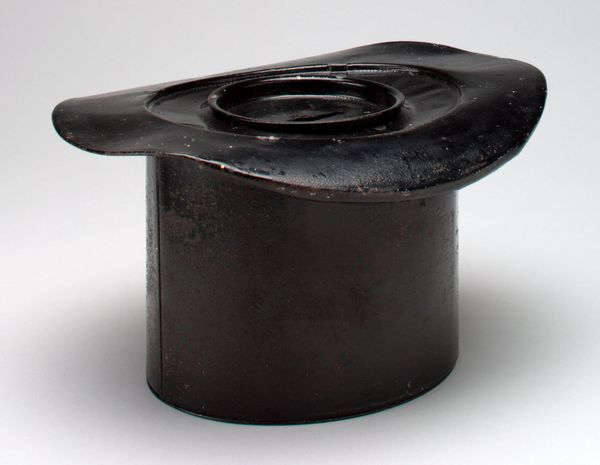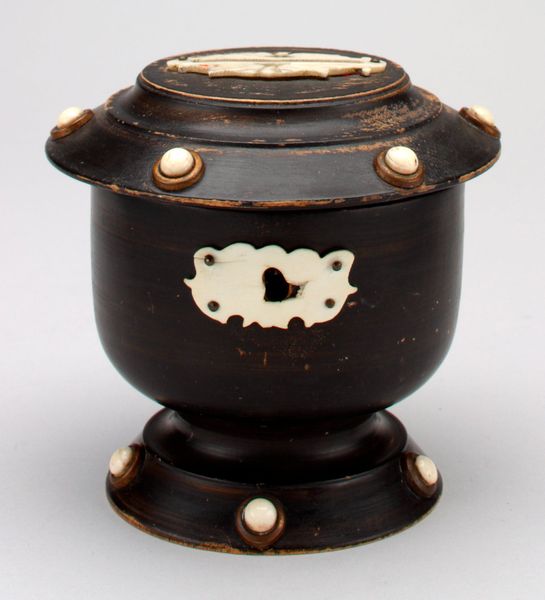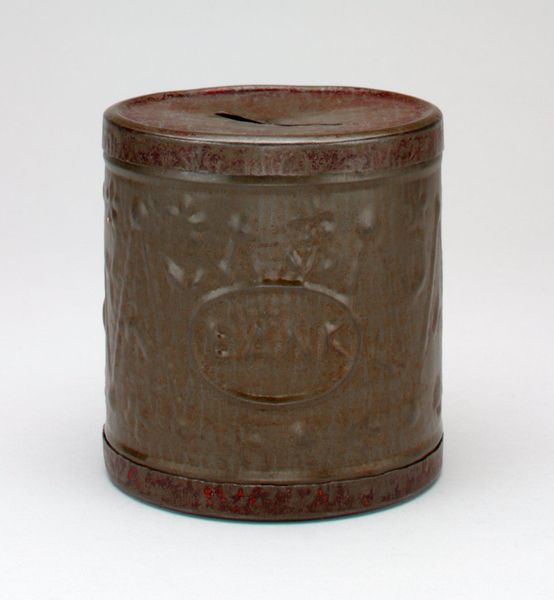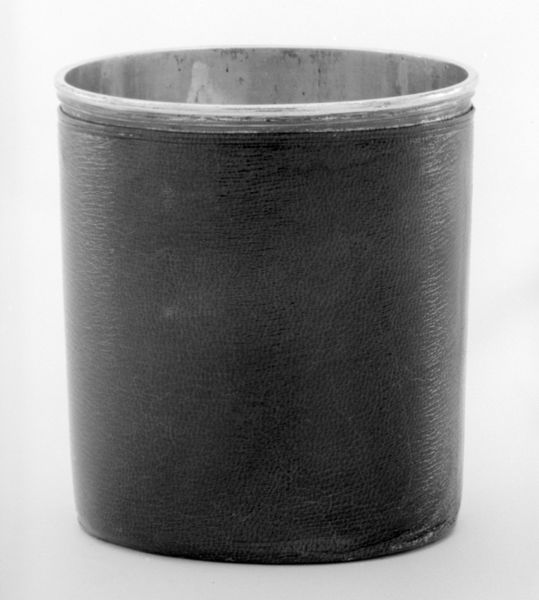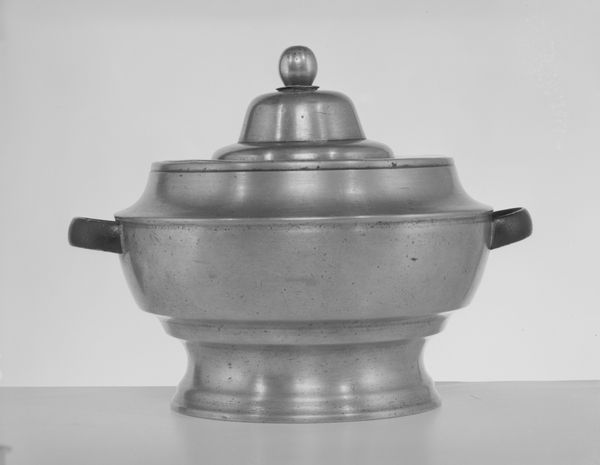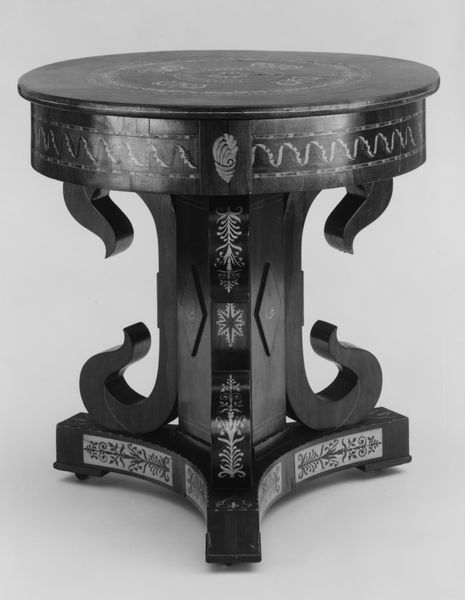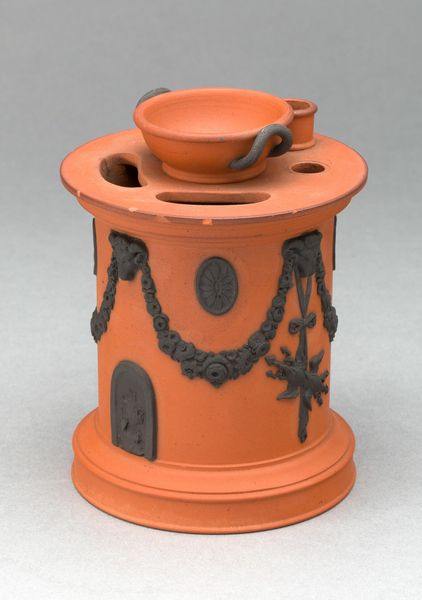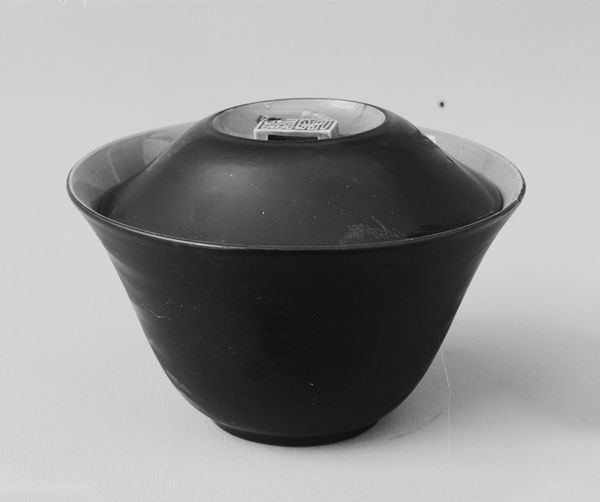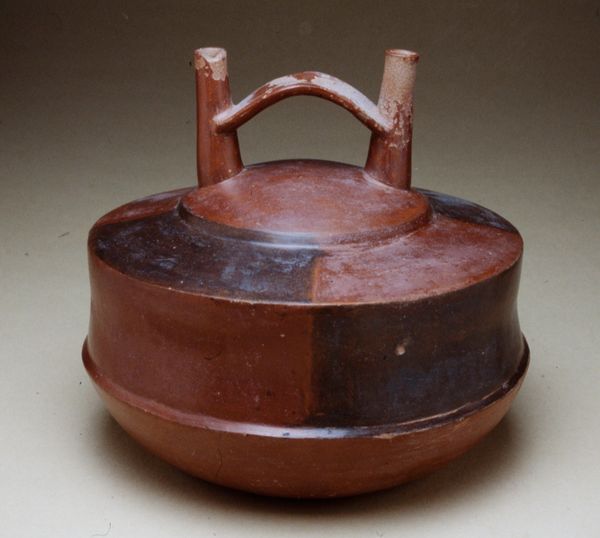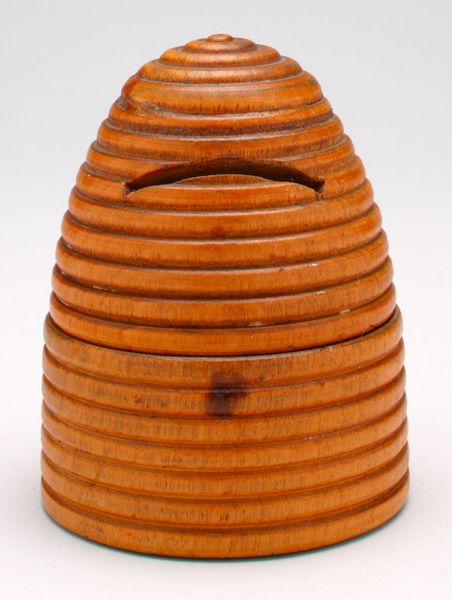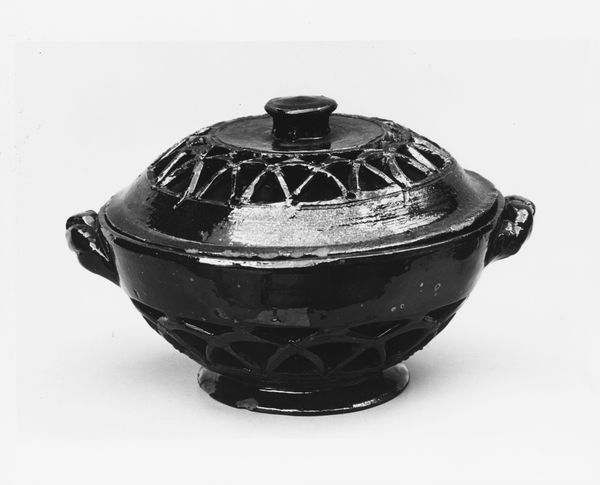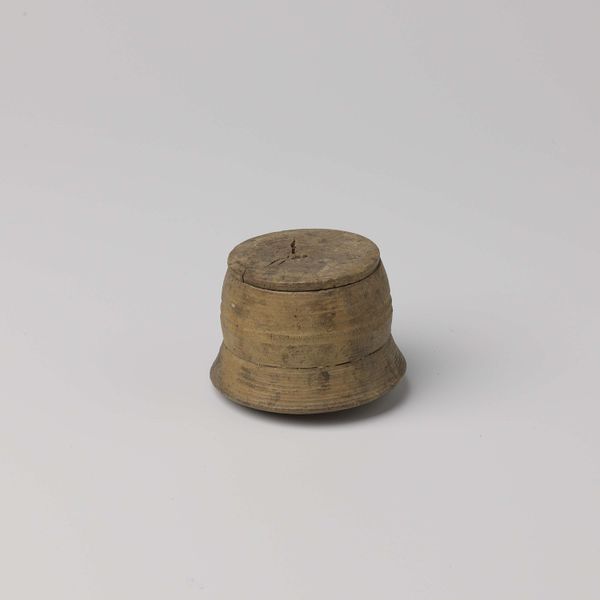
sculpture, wood
#
art-nouveau
#
sculpture
#
sculpture
#
wood
#
decorative-art
Dimensions: 16 3/8 x 17 1/4 in. (41.6 x 43.8 cm)
Copyright: Public Domain
Editor: This is David Wolcott Kendall's "Tabouret," made of wood sometime between 1892 and 1895. The dark, almost austere appearance is compelling. What statements do you think such a piece was making in the context of the Art Nouveau movement? Curator: Well, let's consider Art Nouveau’s overall project – its embrace of organic forms and its ambition to bridge the gap between art and everyday life. How might a piece like this, ostensibly functional, engage or challenge conventional notions of domesticity and class? The dark wood and geometric cutouts juxtapose with the more common flowing, floral motifs of the style. Editor: That’s interesting. So you’re seeing a deliberate statement through those contrasting choices? Almost a critique? Curator: Precisely! We can look at who this piece was made *for.* The late 19th century was a period of significant social upheaval, as industrialization changed living. How might furniture like this comment on class divisions and the relationship between the craftsman and the emerging consumer culture? Was Kendall, by embracing simpler forms, making a case for functionality over elaborate decoration for decoration's sake? Editor: I hadn't thought about it that way. So, it's less about pure aesthetics and more about making a statement about society? Curator: It's both. Consider the symbolism embedded within even the most "functional" object. Who has access to it, what meanings might its style project about those people? These were questions actively explored through art at the time. How does this piece make *you* feel as a 21st-century observer? Editor: I now see more than just a stool; it makes me consider the statement behind it. The simplicity isn't just design; it communicates an idea about function and value. Curator: Exactly. By examining its historical and cultural contexts, the object opens into a whole story of the time in which it was created. Editor: Definitely! Thank you. I now appreciate art from a different angle.
Comments
No comments
Be the first to comment and join the conversation on the ultimate creative platform.
